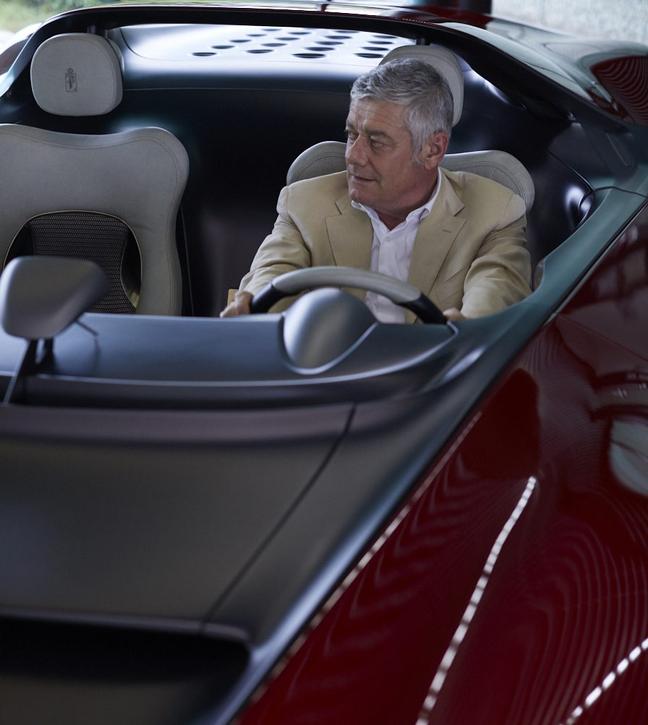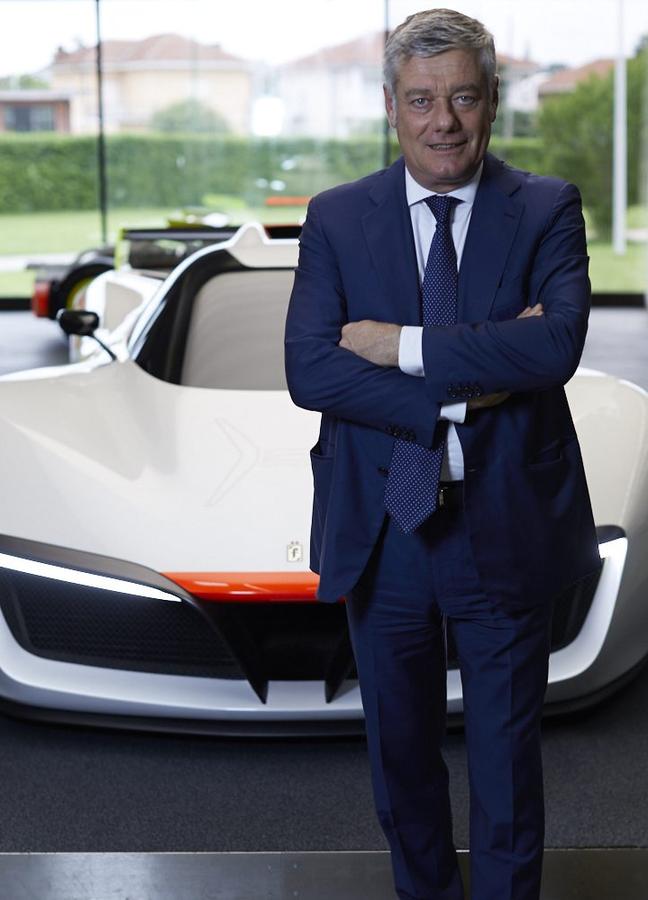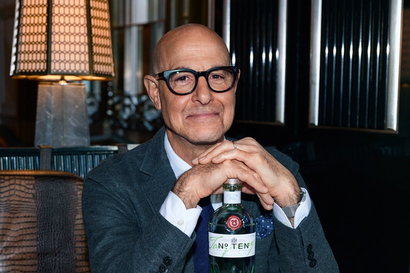Paolo Pininfarina’s family designed your favourite supercar
Be it a Corvette or a Quattroporte, the tyre tracks of the Italian car design house are indelibly stamped across motoring history. We sit down with the latest designer to take the wheel of the family business…
Anyone remotely interested in cars has heard of Pininfarina. The Italian coachbuilder and design house gave us the likes of the 1963 Chevrolet Corvette Rondine, the 2003 Maserati Quattroporte and the Ferrari 250 GTE, Dino 246 GTS and F40, to name but a few.
Chairman Paolo Pininfarina is the grandson of Battista ‘Pinin’ Farina, who founded the company in 1930. Since the 1980s he has gradually transformed the brand from an auto specialist to a firm that tackles everything from stationery, furniture and jewellery to boats, bicycles and even skyscrapers.
We sat down with Pininfarina, who promises — alongside insights on everything from Italian design to the benefits of simplicity — that “there’s a big revolution in the world of automobiles coming”. So buckle up, listen up, and take note of the Italian icon’s best pearls of motoring wisdom.


We’re Italian, so it’s all about family — the history, the tradition and the values
It’s about maintaining that consistency, because protecting the identity of the company is crucial. We know our clients like to have a member of the Pininfarina family in charge, but that’s also important to the employees. It reassures them that we’ll head in the right direction.
There’s a feeling of pride in being the chairman of the company founded by my grandfather
But there’s also that weight of responsibility. I think in terms of football a lot. And this is like being a footballer who’s part of a team but who also knows that if he gets injured, there’s no substitution. I try not to think about it. I just take the work on day by day and try to stay calm.

Italian design is classical and durable. Actually, there’s very little decoration in Italian design
As they say, good design is a very complicated way of making something look simple. To say it’s timeless is a cliché, but that’s what it is. When you look at an Italian car, for example, there’s a balance of shapes and surfaces.
Designs that pull that off are the ones that still look innovative today — that’s why one of my favourite cars we’ve designed is the Fiat Spider, because it’s been the same design for 20 years, whereas most car designs change radically over time. But keeping innovation going is crucial. It’s no good having been a master of design in the 1950s. Who cares?

We started designing products other than cars
a kitchen, for example, a lot of people seemed to say, “Well, you can do fantastic sports cars, but what makes you think you can design anything else?” That meant the pressure was on to do something great. It was a steep learning curve, and let’s just say that we didn’t win many awards for the first few years. We had to take it step by step.
But really, it’s the same principles whether you’re designing a car or a pen or a boat, a skyscraper or a stadium. Obviously I’m particularly proud of having designed the Juventus stadium. Since then the team have won seven championships in a row, so it’s been a big success for me as a supporter.


Not everything you do can be a success
Part of success is about timing, and just as you can be too late, you can also be too early. Controversy doesn’t necessarily mean the work per se is a flop. Look at the Nash, a car we did for the American market. It had all that chrome, but still it pushed the limit of what the American market was ready for then. Or the Cadillac Allanté — some people loved that, but others certainly hated it. The boss at General Motors stopped production because he was losing $1 on each car, which is nothing. What can you do?
When I’m not working I prefer to do very simple things
I play golf, though not competitively. I play drums better — I play with friends a few times a year. We started in 1973 so by now I should be pretty good. Now we also have better instruments, better amps and a little more maturity.
When you’re young you want to be a phenomenon — and you lose your sticks all the time. When you’re older you play at 70 per cent of your potential, but you keep hold of your sticks. We’re into prog rock — a lot of Genesis, Pink Floyd, Deep Purple. We play covers. Or, more accurately, covers of covers.

Music is like good design. The really good stuff lasts
And that’s what you always hope for and aim for: a design that will be as relevant and as appreciated in decades to come as it is when it first comes out. I don’t like electronic music, for example. It sounds too much of its time. But the innovation of the 1970s — the era of the concept album — will be with us forever. The Dark Side of the Moon will live as long as Beethoven. I think Pininfarina can say the same of some of its designs. Of course, you have to wait half a century to start to be proven right.
My biggest life lesson came from my father
He told me to not get down in hard times, and to not fly too high in the good times. Instead, find a balance and stick with it. If you look at the story of Pininfarina, it’s clearly one of ups and downs. We were up in the 1930s, and then came the Second World War.
We were really good in the 1960s, and then the 1970s were terrible, and so on. You have to remember that problems are opportunities, and that you can have creative destruction. But take each project as it comes. Don’t ever just sit there thinking you’re the best in the world.
Want more from Pininfarina? Check out the six defining cars from the iconic firm…

Become a Gentleman’s Journal Member?
Like the Gentleman’s Journal? Why not join the Clubhouse, a special kind of private club where members receive offers and experiences from hand-picked, premium brands. You will also receive invites to exclusive events, the quarterly print magazine delivered directly to your door and your own membership card.


